F1: What is Formula 1's Summer Break? Shutdown Rules, Duration, and Team Activities Explained
Every Formula 1 team must shut down production for 14 days during the summer break. In 2023, it will follow the F1 Belgian Grand Prix, which Max Verstappen won to extend his winning run to three races.

After the Belgian Grand Prix, the Formula 1 paddock is on a much-needed summer break in August after a demanding schedule that saw them compete in 12 races in just 21 weeks. However, the extended summer vacation may be perplexing to new followers of the sport since F1 often has large gaps between races. The summer break may seem like a little annoyance for F1 viewers since it occurs between two races, but it is really a mandatory part of the sports’ laws, with serious repercussions for teams who don't observe it. The 14-day shutdown period, which is stated in Article 21.8 of the FIA F1 sports rules, puts limits on a variety of activities. These constraints include a ban on further designing or developing the vehicle, as well as a prohibition on simply producing or preparing to produce components for the car.
Also Read: F1: Alpine is in 'No Hurry' to Appoint New Team Principal After Major Management Change
What is the F1 Summer Break?
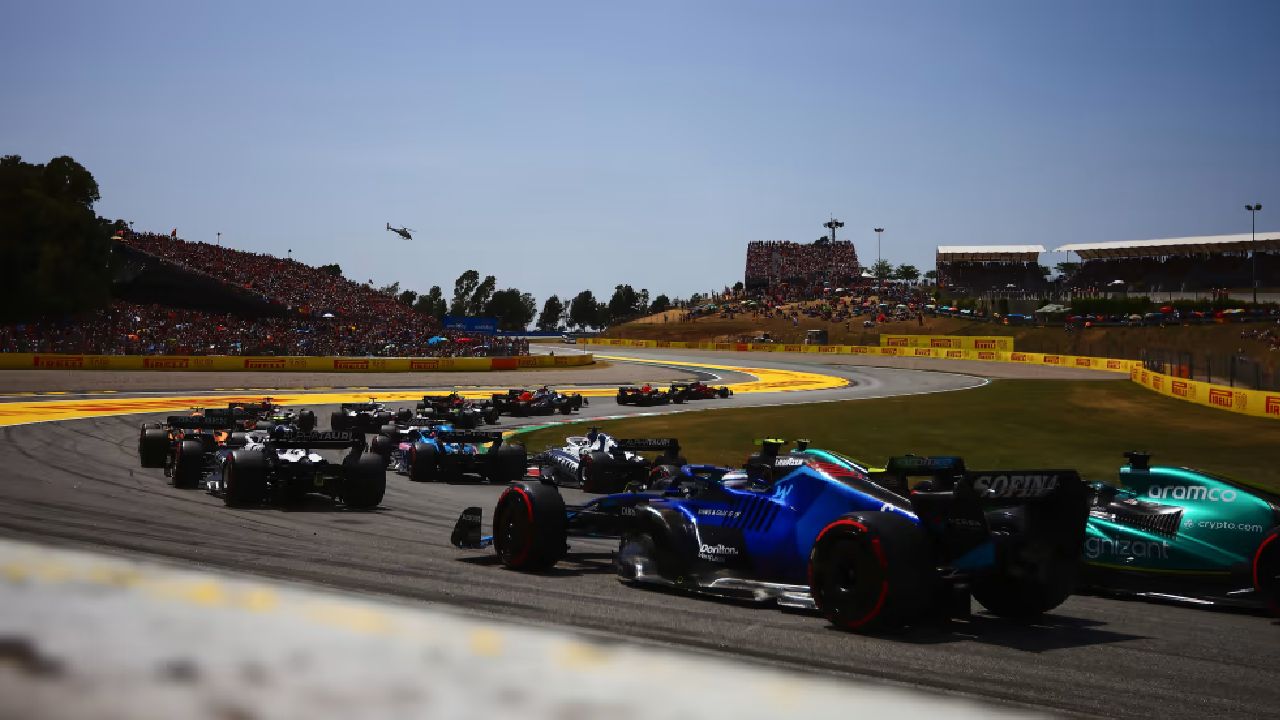
After the last Grand Prix in July, all F1 teams and their factories are required to take a 14-day holiday. Article 21.8 of the Sporting Regulations stipulates that a 14-day stoppage must occur in the months of July and/or August. During the shutdown, no new vehicles will be developed, designed, or manufactured. Instead, only essential factory operations may continue to keep the team humming over until the conclusion of the 14 days. Wind-tunnel activities have been suspended, however normal servicing and repairs are still allowed. Departments like marketing, legal, and finance that don't directly affect vehicle performance may continue to function normally.
Why F1 is on Summer Break?

F1 takes a break over the summer so that everyone involved in Grand Prix racing may spend time with their families. As the teams rush to finish their vehicles for the next season over the holidays and into the new year, preseason testing takes place in February and the season itself kicks out in March. After starting in January, the calendar travels around the world until the conclusion of the year in November or December.
The F1 summer break is in place so that everyone, from team principals to the mechanics, can spend two weeks at home with their families in the middle of the season.
There is no set time during which teams must take their summer vacation, however, the typical time off is between the 14th and the 28th of August. For the next week's first event, it will be necessary to return the vehicles to the manufacturer immediately after the last race.
Also Read: F1: Mercedes W14 Suffers Porpoising Issues at 2023 Belgian Grand Prix
How it Affects Drivers?
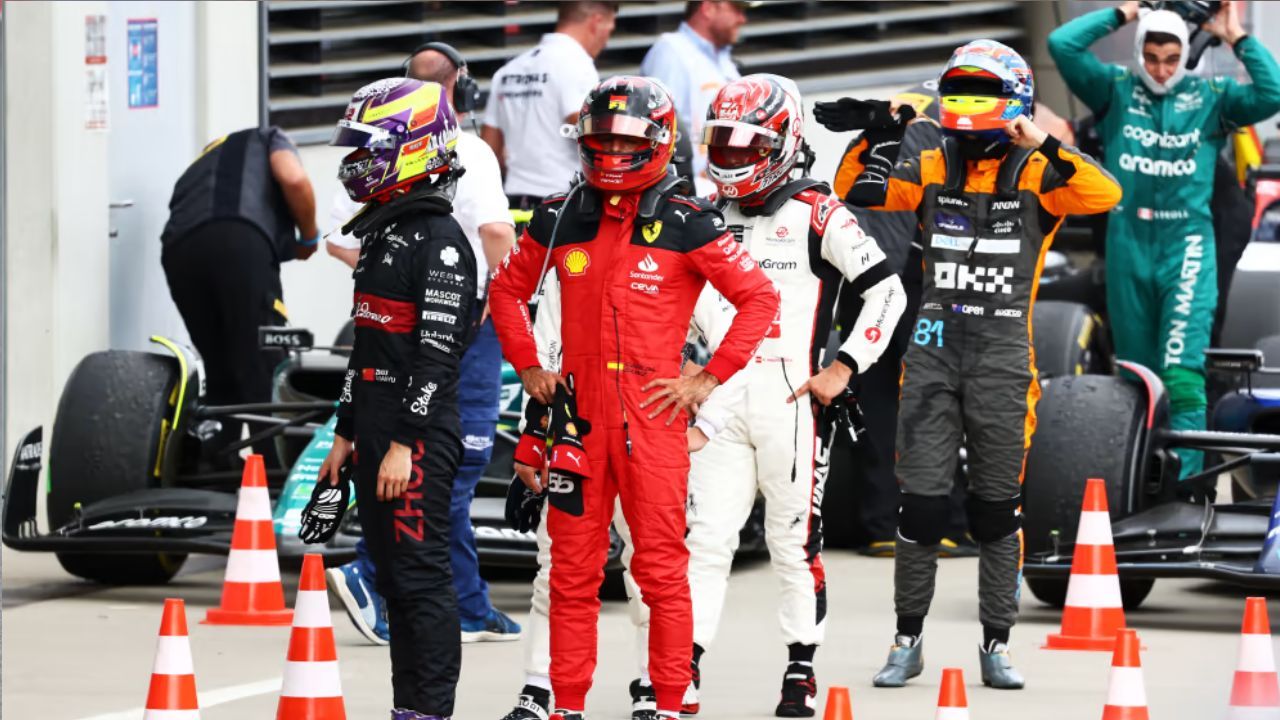
The significance of the summer break for Formula 1 drivers cannot be understated. The break was first instituted when the F1 schedule began packed with 20 events each year. This is because drivers can finally spend time with their families and friends around the holidays after completing their post-race team debriefings and any media or marketing duties.
How Soon Will Formula 1 Return?
The much-anticipated 2023 Formula One season will resume after the summer break with the Dutch Grand Prix at Zandvoort on August 25–27. The Abu Dhabi Grand Prix, held on November 24–26, would be the culmination of these 10 races, which would kick off at this event.
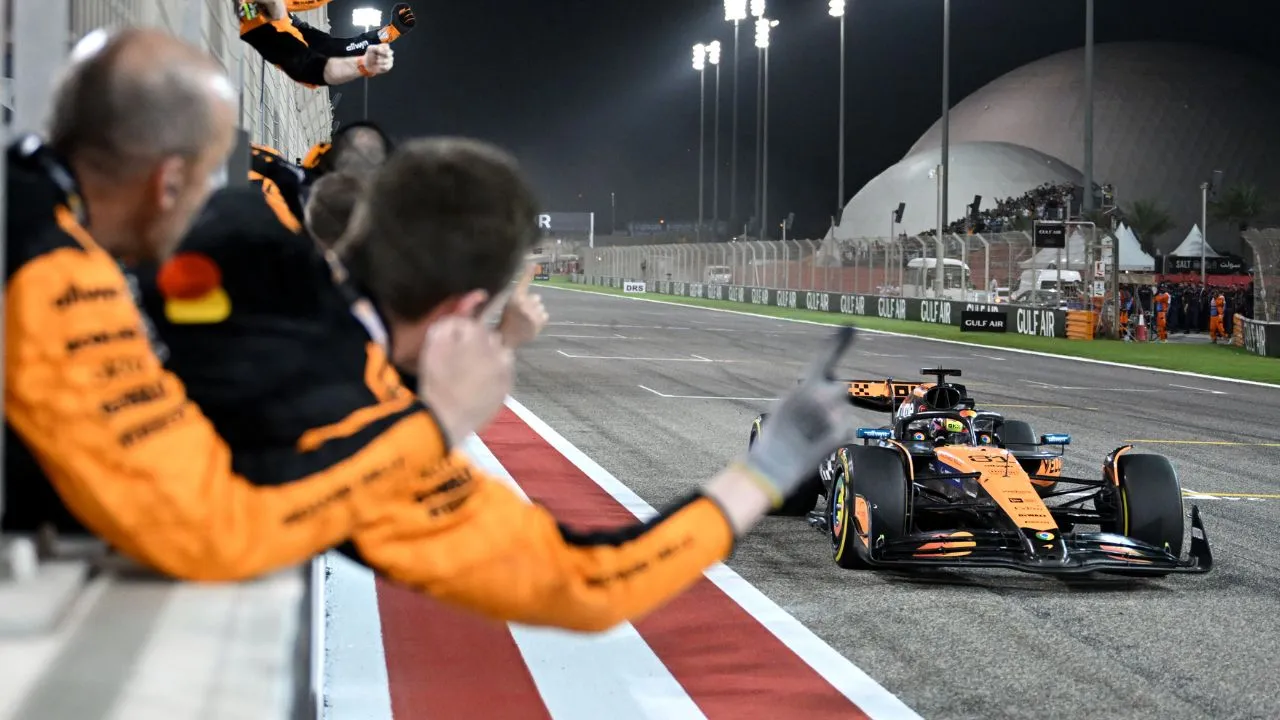
.webp)
.webp)
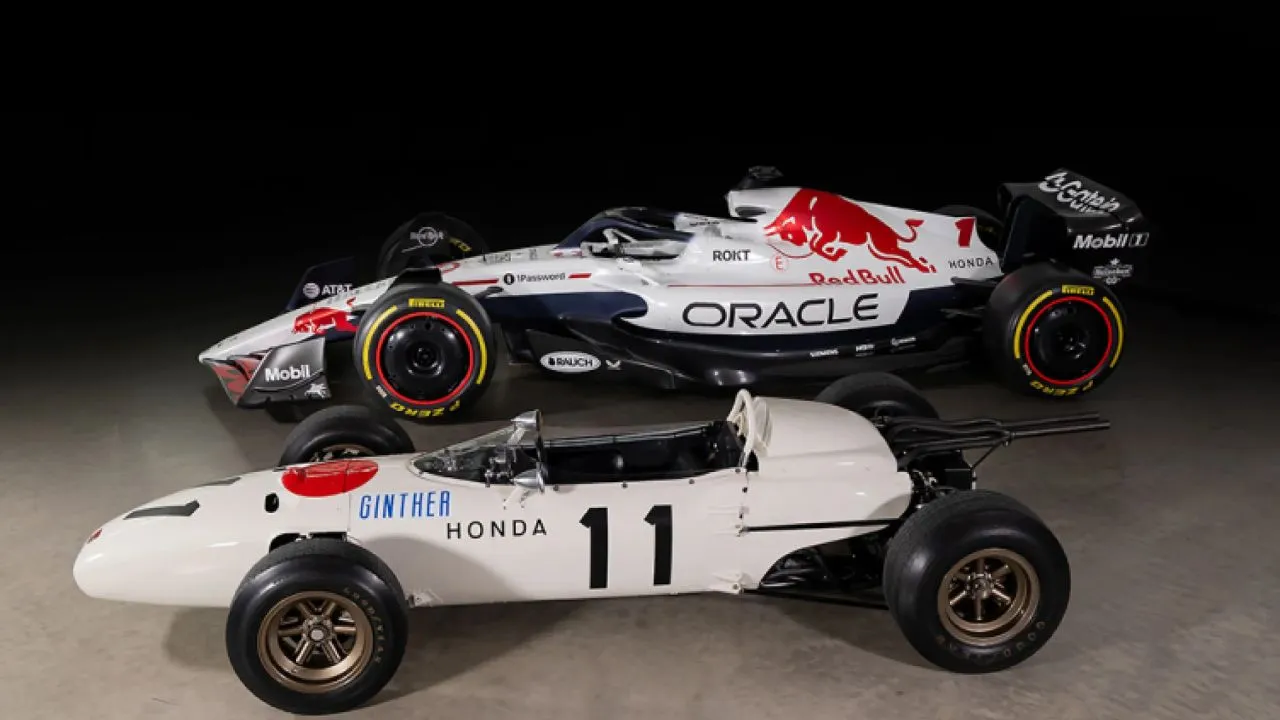

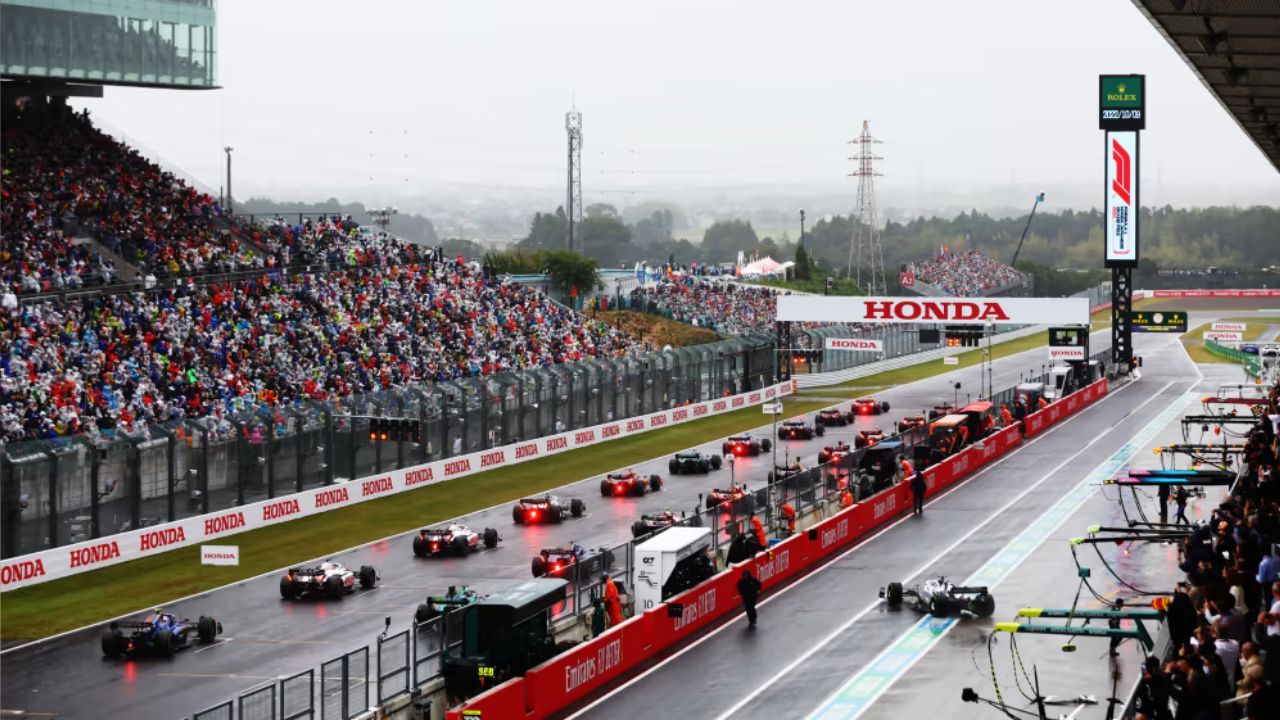






.webp)








Write your Comment on